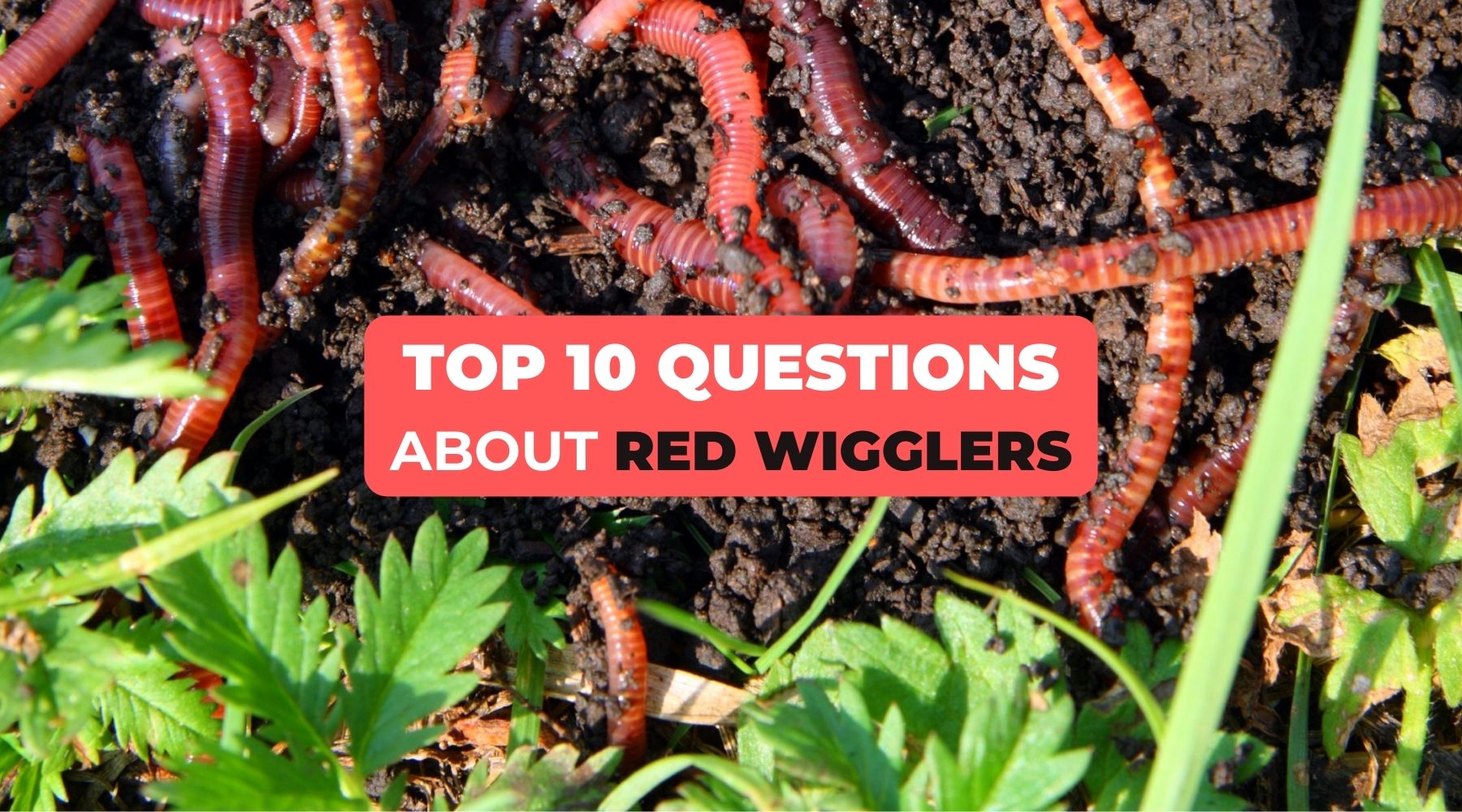The Basic Principles Of Red Wiggler Express
The Basic Principles Of Red Wiggler Express
Blog Article
Some Known Questions About Red Wiggler Express.
Table of ContentsThe 20-Second Trick For Red Wiggler ExpressThe Basic Principles Of Red Wiggler Express See This Report on Red Wiggler ExpressRed Wiggler Express Fundamentals ExplainedThe Buzz on Red Wiggler Express
And the flourishing Red Worm population? Also in the heap that was set up straight in front of backyard composters with existing Red Worm swarms.
Lots of selections, consisting of Red Wigglers, European Nightcrawlers, and Lumbricus varieties were brought over from the European continent. Here's the thingNative or not - and as gifted as they are at being able to endure in a wide-range of atmospheres and problems -. In various other words, they are even more likely to hang around in any type of energetic composting systems you have actually set up, than they are to roam off and start destroying the environment.
Origins need oxygen for respiration and rely upon smooth airflow within the dirt to flourish. When it rains, dirt can become saturated with water, lowering the oxygen offered and hindering vitamins and mineral absorption. To keep an optimum balance, the dirt needs to permit water to drain effectively, leaving enough space for air to support root health and wellness
Red Wiggler Express Can Be Fun For Anyone

When it involves worms for composting, what enters your mind? If you were an earthworm breeder, supplier, or ordinary gardener, then you 'd know that red wiggler worms are the optimal worms for vermicomposting. To read more about these planet marvels, checked out some of the red worm realities listed below.
(https://harddirectory.net/Red-Wiggler-Express_294961.html)However if they extend their bodies, you'll have the ability to see the stripes on their skin. When raising worms such as red wiggler worms, you need to be able to recognize how to profit them. When you're able to preserve and care for their habitat well, and likewise feed them the right type of organic wastes, then they'll have the ability to generate nutrient-packed and quality-rich worm castings for you (also called worm poop or compost).
Red Wiggler Express for Dummies
So, what do worms eat? Well, these red wriggler worms can be fed with kitchen scraps and yard wastes. Any kind of rotting organic stuff will do like vegetable and fruit peels, crushed egg shells, used tea bags, coffee grounds, turf trimmings, dry fallen leaves, and others. Make sure not to feed them foodstuffs that are oily, citrusy, or has meat or dairy products in them.

This actions makes them well-suited permanently in worm bins, compost heaps, and various other confined areas where organic waste is abundant. Developing an optimal atmosphere for red wigglers calls for a thoughtful method. Consider the following necessary elements to take care of red wigglers in your home and ensure their health: Use a bed linens of shredded paper or cardboard.

Add a handful of dry, shredded paper if the bin becomes as well damp. They do! Red wiggler worms duplicate by laying small, lemon-shaped eggs in safety cocoons. These cocoons are usually deposited in the bedding and hatch right into infant worms within a couple of weeks. The rapid reproduction cycle of red wigglers is one of the reasons they are preferred for vermicomposting.
Red Wiggler Express Things To Know Before You Buy
Their flexibility and resilience have made them a popular selection for vermicomposting in various regions around the globe. Think about safety measures for really extreme temperature levels such as: Protecting the worm bin with layers of straw or leaves. Worm Farms Near Me.

When looking after your red wigglers it's vital to bear in mind to: 1) K.I.S.S (Keep it Simple) and 2) whatever in small amounts. These policies put on feeding your garden compost worms, watering your worm containers, and just concerning whatever else associated with looking after them. Simply remember - you can constantly add more food later (but it's hard to eliminate feed once it's been added to a container!).
Because I fed the red wigglers and garden compost worms too much, they weren't able to maintain and over time the older food went uneaten and produced anaerobic conditions that killed the worms. The excellent news is that there are extremely straightforward actions you can require to guarantee this doesn't take place! Right here're the 6 principles for how often and exactly how much to feed your worms: Rule # 1: Small amounts! You can always include even more food later.
The smart Trick of Red Wiggler Express That Nobody is Discussing
Leftover food will certainly lead to anaerobic problems that will certainly eliminate your live worms. It is okay to sprinkle a little of their initial bedding (which needs to already remain in the bin) over the food, but the food ought to never be hidden and ought to show up to your eye. Policy # 5: See guideline # 1! Regulation # 6: After the first feeding, feed the worms 1/3 to 1/2 of their weight.
Report this page